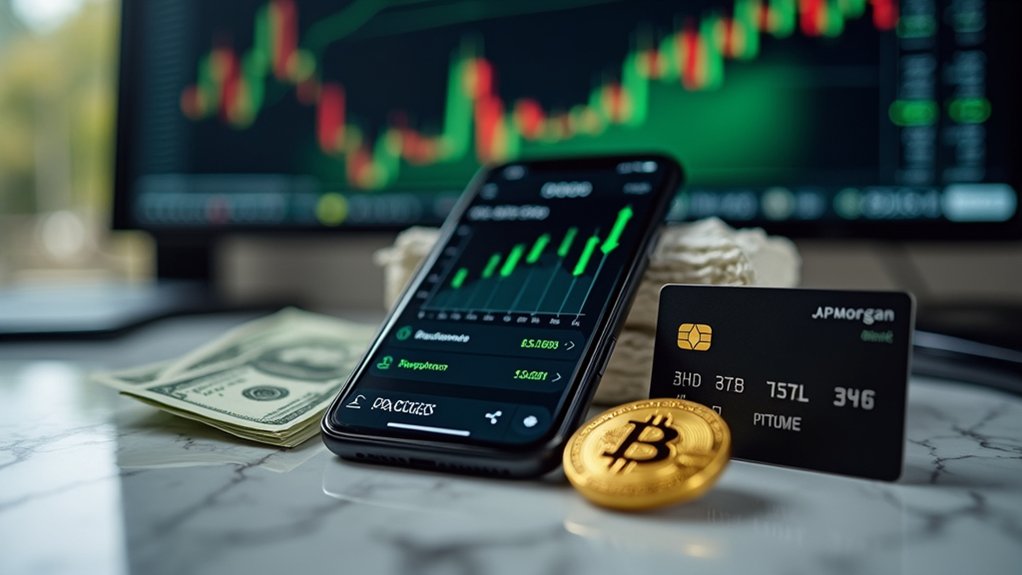Kamino has crossed a threshold that most DeFi protocols have been eyeing from afar—integrating tokenized equities as collateral within its lending ecosystem on Solana. The protocol’s acceptance of xStocks represents the first major attempt by a decentralized lending platform to blur the lines between traditional finance and on-chain borrowing, utilizing Chainlink’s data infrastructure to maintain price parity with real-world securities.
The mechanics are straightforward enough: users can now pledge tokenized Apple stock (AAPLx) as collateral to borrow stablecoins, with Tesla and Microsoft variants planned for future rollouts. Each tokenized share maintains 1:1 backing with actual securities held by custodians—a reassuring detail for those who remember the creative accounting of previous tokenization experiments. The underlying infrastructure operates on Kamino‘s v2 architecture, enabling asset swapping, leveraged exposure, and permissionless borrowing against what were previously illiquid DeFi assets.
Of course, regulatory complexity guarantees this innovation remains geographically selective. U.S., U.K., and several other jurisdictions find themselves excluded from this particular financial evolution, highlighting the persistent tension between decentralized aspirations and centralized regulatory frameworks. The legal landscape for tokenized assets continues evolving at a pace that makes glacial movement seem hurried. Regulatory frameworks vary widely across jurisdictions, creating additional legal uncertainty for protocols attempting to integrate traditional financial instruments.
Kamino’s $3 billion in total locked assets provides sufficient credibility to support this expansion beyond cryptocurrency collateral. The protocol’s approach addresses a fundamental DeFi limitation: the narrow universe of acceptable collateral types that has historically constrained lending opportunities. By incorporating traditional equity markets, Kamino potentially expands both its user base and service offerings while maintaining the transparency and accessibility that define decentralized finance. This positions Kamino as the first lending protocol in DeFi to utilize stock tokenization as collateral, marking an important milestone in the evolution of decentralized lending.
The strategic implications extend beyond Kamino’s immediate ecosystem. Successfully integrating tokenized stocks as collateral could establish a template for other protocols seeking to bridge TradFi and DeFi markets. Major centralized exchanges like Bybit and Kraken have already begun utilizing xStocks for trading, demonstrating growing institutional acceptance of tokenized equity instruments.
Whether this represents genuine innovation or merely adds complexity to an already convoluted financial landscape remains to be determined. The 24/7 trading capability and fractionalization options certainly offer improvements over traditional stock market constraints, though custodial requirements introduce centralized dependencies that purists might find philosophically troubling.








